10 Things We Can Learn From Jose Raul Capablanca
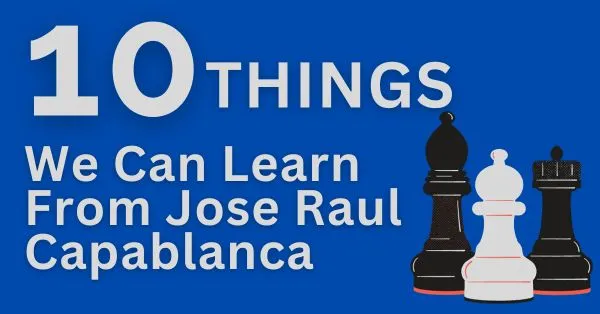
A gentleman of the highest order with impeccable manners and a sublime personality. Jose Raul Capablanca was a master like none other. His manners and appearance were fully in keeping with the beauty of his play. His supreme understanding of the game amazed players of all ages.
Born to a wealthy family, he got into the game at an early age. It was clear that the young Capablanca had an amazing natural talent for the game. He entered university but soon left his career as an engineer for chess. He then began his unstoppable climb in the chess world to reach the zenith in 1921 to become the 3rd World Champion.
Capablanca was possibly the greatest player in the entire history of chess. – Bobby Fischer.
Here are 10 things that we can learn from Jose Raul Capablanca:
1. Push Your Mobile Pawn Majority
In the endgame, a mobile pawn majority is an asset. A pawn majority is important because you can convert it to a passed pawn. In the game below Capablanca plays Frank Marshall. The game progresses to an isolani middlegame and then Capablanca obtains a queenside pawn majority. Marshall chooses the wrong plan. Instead of activating his majority Marshall opts for piece play. From the resulting position, Capablanca effortlessly demolishes his esteemed opponent.
2. Play according to the position
As we play more games we accumulate patterns and ideas. This helps us to assess a position faster and generate candidate moves. However, there is also a danger of letting them become dogmatic. In the following example, Capablanca makes a move that can bewilder anyone. At first sight, it seems illogical and wrong. But Capablanca sees the position deeper he discovers a deeper logic to the position instead of making a standard developing move.
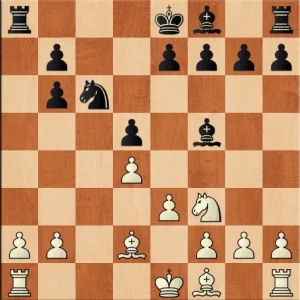
Janowski vs Capablanca – Black to Play
Here Capablanca plays the brilliant move Bd7! And later follows it up with e6. Why remove a bishop from an active post when e6 could’ve been played directly?
He realized that Black would need to play on the queenside as the pawn structure in the center is fixed. A logical plan is to play Na5-c4. But in that case white can play Bxc4 dxc4 weakening Black’s central pawn structure. So Black must play b5 to provide additional support to the knight. But in the position, the b5 square is controlled by the f1 bishop so the only logical move to control the b5 square is Bd7! Now Black can continue with e6 and then b5-Na5-c4. An amazing game showing Capablanca’s clarity of thought and rejection of dogma.
Capablanca possessed an amazing ability to quickly see into a position and intuitively grasp its main features. His style, one of the purest, most crystal-clear in the entire history of chess, astonishes one with its logic. – Garry Kasparov
3. Unleash your Rooks on the 7th rank
Rooks thrive on open lines. But they reach the reach of their powers when two rooks combine to operate on the 7th rank. The enemy King is boxed in and struggles to find safe moves. In the following game against Nimzowitsch, Capablanca recognizes the opportunity to establish rooks on the seventh rank. He then sacrifices a pawn to open lines and invades with the rooks. The lesson here is that this positional device is so powerful that it is worthwhile to sacrifice some material for it.
4. Seek clarity and simplicity
Capablanca aimed for simplicity. He went into rational positions where he could outplay his opponent through sheer understanding. His opponents knew what was coming in a clear position but often were helpless to stop it. Such was the ingenuity of Capablanca. If your opening results in calm positions it might suit you to study the games of Capablanca.
Capablanca was a genius. He was an exception that did not obey any rule. – Vladimir Kramnik
5. Play on Both Wings
The theme of playing on both wings arises when one side has a space advantage. When you control all sectors of the board, you are in complete control. Capablanca plays the legendary women’s player Vera Menchik. The opening starts as a King’s Indian Defense and Capablanca gains the standard space advantage. Menchik fails to play dynamically and gives her opponent a free hand. Capablanca uses the space advantage and crushes his opponent with a timely breakthrough on the kingside.
6. Sacrificing a pawn for long-term play
One of the first steps to chess mastery is to learn how to sacrifice a pawn. It is the most basic form of sacrifice as you lose the least material. Capablanca plays a revolutionary idea for his time by sacrificing his queenside pawns for long-term play. Nowadays this idea is very common most notably in the Benko Gambit. But at that time the Benko gambit wasn’t invented yet. This was a truly remarkable idea by the Cuban genius.
7. Classical attacking play
There is a tendency amongst players to attach a particular style to a player. Such thinking steals us from learning valuable lessons from a player. Similarly is the case with Capablanca. Players know him as a superb positional player. But in reality, he was an all-round player who could play attacking chess as well. He could calculate combinations just as well as Alekhine.
8. Give your opponent multiple weaknesses
A single weakness in the endgame is not enough to win. As the defender can use all his resources to defend it. But if there are weaknesses on both wings then it becomes harder to defend. Capablanca was an elite master of provoking weaknesses. In the following position, we see his subtle understanding of the game.
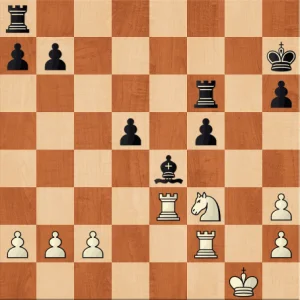
Kaufmann vs Capablanca – Black to Play
White has multiple weaknesses on the kingside but he has enough pieces to defend it. So Capablanca plays a move that is prophylactic and induces a weakness.
Rb6! The idea is to entice white pawns to move forward so that Black can attack them. By playing b3 white also forgoes the idea of playing Ra3/b3 to attack Black’s queenside pawns.
9. Endgames are essential
Capablanca was a proponent of learning the endgame before anything else. This philosophy is reflected in his games and writings. He opined that endgames demonstrate the power of pieces and their interactions to the fullest.
You might also like Hanging Pawns – Fundamental Pawn Structures as well as 10 Greatest Endgame Plays by the Chess Legend.
10. Converting slightly better positions
Capablanca was at his peak of powers in the endgame. At times there was simply nothing his opponents could do but lament at their weaknesses in the position. The way he converted them was powerful as well. His moves although subtle carried heavy weight behind them and forced his opponents to respond to his bidding. You can see this in the 10th game of the World Championship match between Lasker and Capablanca.
I have known many chess players, but only one chess genius, Capablanca. – Emanuel Lasker
To learn more in depth about how Capablanca plays you can study this course. This course provides an all round guide to his games and you can learn a lot from it.
https://thechessworld.com/store/product/learn-from-jose-raul-capablanca-with-im-boroljub-zlatanovic/



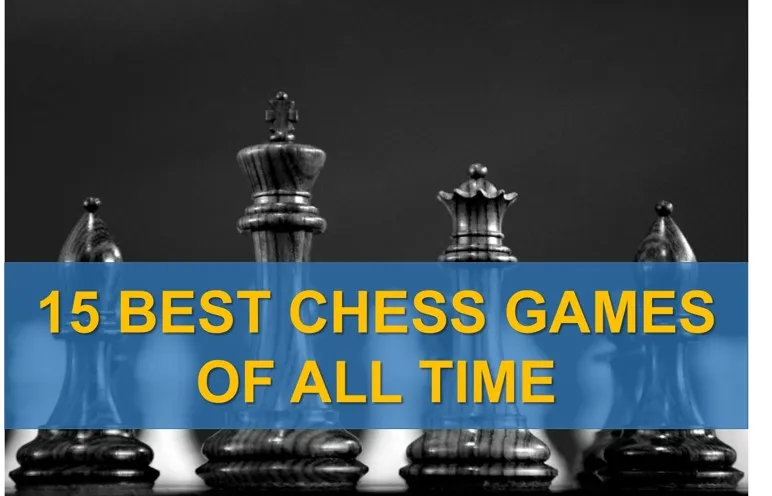

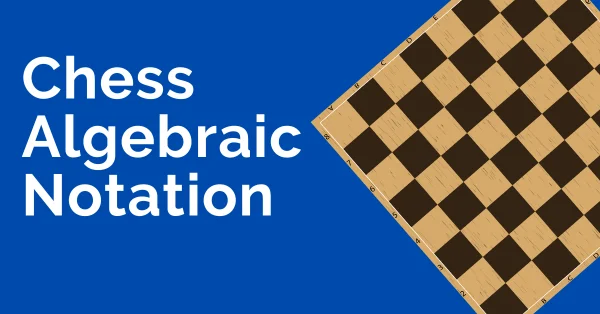




Comments: